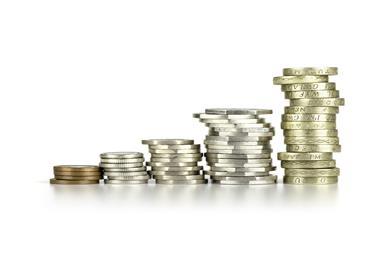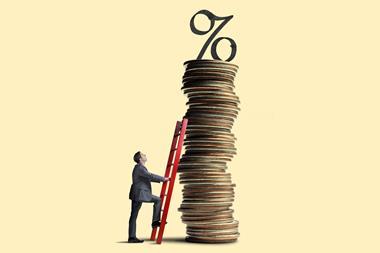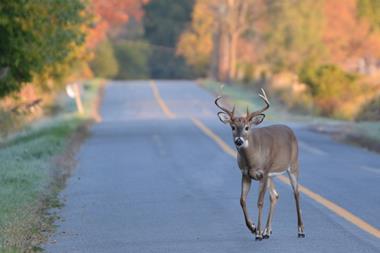Stephen Kennedy, director of insurance pricing at Pearson Ham, explains recent pricing movements in the motor and home insurance markets
For the past two years, general insurance prices have been falling.
In the new business market, there were premium increases at the end of 2021, ahead of the FCA’s regulation changes, however the most competitive quoted prices for car insurance remain around 10% lower than March 2020.
The ABI has confirmed this trend – it reported in May 2022 that the average car insurance price paid by consumers, both at new business and renewal, fell by 5% in Q1 2022 when compared with 2021.
Although reported loss ratios in this line of business deteriorated in 2021 following the easing of Covid-19 restrictions, they did not return to pre-pandemic levels. This created a buffer, enabling insurers to maintain competitive rates.

The impact of the whiplash reform, which was implemented in May 2021, has also had a more positive impact than many insurers expected – again, helping keep prices lower.
Market rebalancing
Following the FCA’s ban on dual pricing, retention rates are at an all-time high, which is putting pressure on new business premiums.
Quote demand has plummeted and customers who were shopping around are now less likely to convert. This rebalancing has forced new business prices up, but insurers have done what they can to mitigate this in a highly competitive market.
Many new ‘economy’ propositions and product tiers have been launched since the middle of 2021 and compulsory excess levels have risen. However, there are external pressures which are likely to force change too.
The cost of living and inflation have been rapidly increasing across the UK since early 2021 - this has now reached its highest recorded level.
The Office for National Statistics reported in June 2022 that the Consumer Prices Index rose by 9.1% in the 12 months to May 2022, with a forecast of double digits soon to come to fruition.
As well as causing a greater likelihood to cancel insurance policies, times of economic hardship are also linked to an increase in claims and fraudulent activity. Bodily injury is an area which has historically been highly correlated with the cost of living.
Insurance claims inflation is also on the rise. Labour shortages, supply chain disruption and the cost of materials and parts continue to significantly impact motor and home insurance costs.
In May 2022, the average top five motor insurance prices quoted on Pearson Ham’s consumer panel were relatively flat compared to the previous month due to new, lower priced propositions and price increases being observed for many of the established brands.
In June 2022, however, the most competitive prices have risen by around 0.5%, with increases from most of the larger providers.
Inevitable increases
In the new business home insurance market, prices have continued to fall following the dual pricing rebalancing. However, price reductions in June 2022 have been smaller than previous months.
There is still a great deal of market volatility, with relatively large upward and downward movements observed.
The home market has been slower with new proposition launches following the introduction of the FCA’s new pricing rules, but a trend of lower cover, higher excess products is now in evidence. As with motor, we would expect subdued prices to start to turn in the next month or two.
The general insurance market remains intensely competitive, with lower than expected demand and conversion rates causing challenges at acquisition.
However, there are few options left and rate increases for the second half of the year must now be inevitable.













































